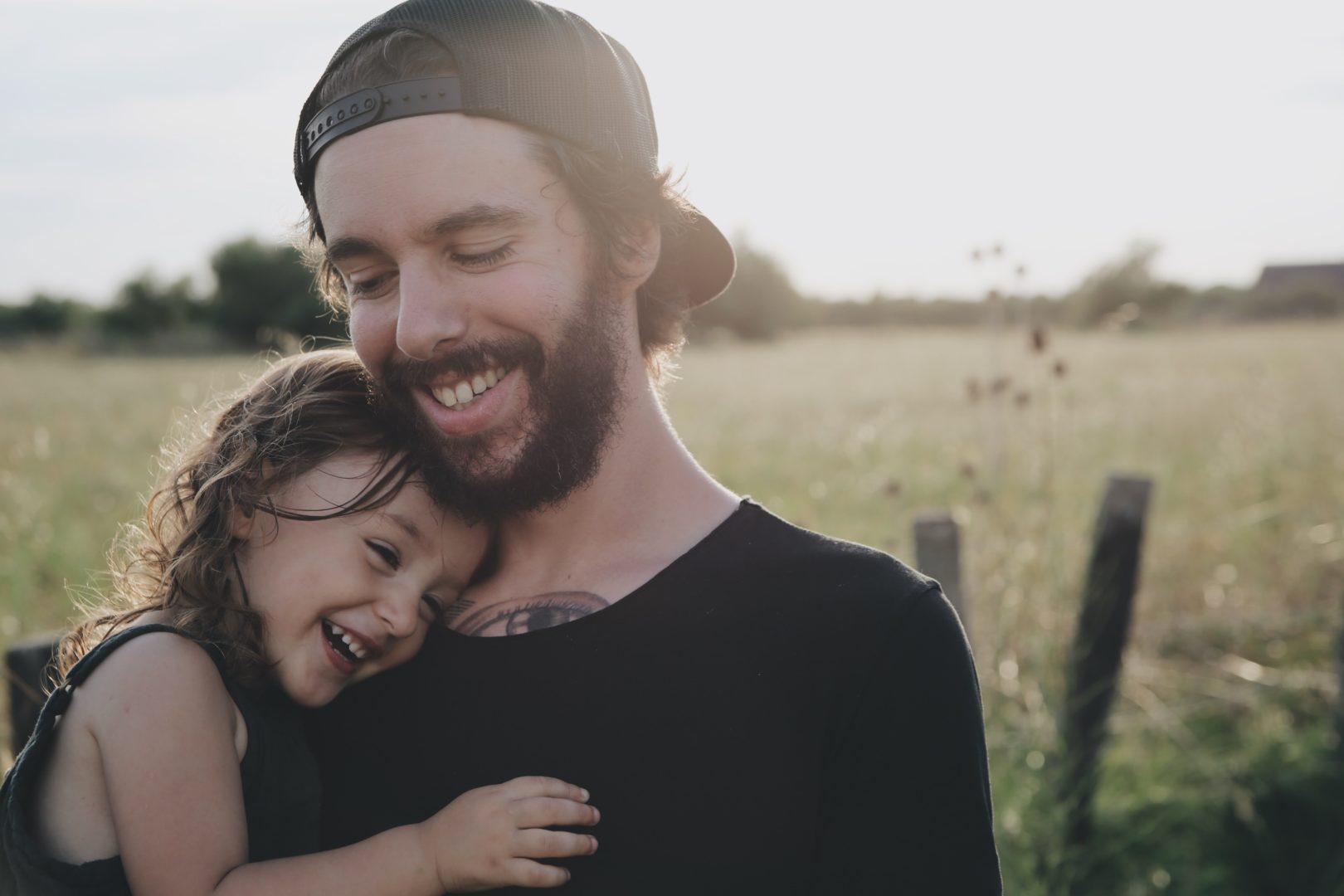While most parents watch what they say around kids, it turns out that our nonverbal signals are just as powerful when it comes to teaching them bias, new research shows. Children as young as 4 years old can pick up on bias by watching the nonverbal cues adults give, like a condescending tone of voice or a disapproving facial expression. The new research highlights how important it is for parents to avoid creating racial and other biases in their children.
“This research shows that kids are learning bias from the non-verbal signals that they’re exposed to, and that this could be a mechanism for the creation of racial bias and other biases that we have in our society,” lead author Allison Skinner, a postdoctoral researcher in the University of Washington’s Institute for Learning & Brain Sciences, told Science Daily. “Kids are picking up on more than we think they are, and you don’t have to tell them that one group is better than another group for them to be getting that message from how we act.” While most adults avoid making discriminatory comments in front of kids, they must also focus on not sending negative messages to children about others through their actions.
The Study’s Methodology
Skinner’s research was published this week in the journal Psychological Science. Her study involved 67 kids between the ages of 4 and 5, and showing them video footage of actors providing nonverbal signals. The kids watched as two different female actors gave positive cues to one woman and negative cues to another. Both women were greeted by the actors in the same way and did the same activities, but the actors were told to give different signals to the women. “The actor spoke to one woman in a positive way — smiling, leaning toward her, using a warm tone of voice — and the other negatively, by scowling, leaning away and speaking in a cold tone,” Science Daily reported.
After they had watched the video, the children were asked questions about who they liked best, and who they would share a toy with. These questions helped the researchers judge whether the children preferred the woman who received positive nonverbal signals over the one who received negative ones.
The Study’s Findings
Skinner found that 67 percent of the kids favored the woman who received the positive cues. The research team also wanted to test the role nonverbal signals played in group bias, so they brought in another 81 kids aged 4 and 5 to watch the same video. After they had watched it, a researcher showed the children the “best friends” of the women in the original video and asked them a series of questions to determine if they favored one friend over the other. The kids preferred the friend of the woman who received positive nonverbal signals in the video.
“Taken together, the researchers say, the results suggest that biases extend beyond individuals to members of groups they are associated with,” according to Science Daily.
Skinner commented on the fact that many kids in this age range in North America often exist in homogeneous environments, which limits their experience to see positive interactions with people from diverse populations. So, while nonverbal cues can be brief, they can still cause kids to form generalized bias, Skinner explained.
“Children are likely exposed to nonverbal biases demonstrated by multiple people toward many different members of a target group,” she said. “It is quite telling that brief exposure to biased nonverbal signals was able to create a bias among children in the lab.”






